This article was co-authored by Eric Christensen, DPT. Eric Christensen is a Physical Therapist based in Chandler, Arizona. With over a decade of experience, Eric works in both orthopedic and neurological fields and specializes in custom orthotic prescription and casting, vestibular reprogramming, and manual therapy. He holds a Bachelor’s degree in Exercise Science with a focus in Sports Medicine from Colorado State University and a Doctor of Physical Therapy from Regis University. In practice, Eric takes a developmental approach to rehabilitation utilizing the Selective Functional Movement Assessment. He uses functional movement patterning and manual therapy to return patients to prior levels of function.
There are 14 references cited in this article, which can be found at the bottom of the page.
This article has been viewed 232,440 times.
The shoulder is the most mobile joint in the human body and, as a result, it’s easy for your shoulder blades to become tight or strained. Cracking your shoulder blades can help relieve pressure and alleviate pain caused by physical activity, poor posture, or a naturally stiff spine.[1] Be careful when cracking your shoulders as some medical professionals believe that incorrect or overly frequent cracking can actually make things worse.[2] If you have persistent or sharp shoulder pain, visit a medical professional instead.
Steps
Cracking Your Own Shoulder Blades
-
1Pull your arm across your body. One of the easiest ways to crack your shoulder blades can be done from a standing or seated position. Start with your spine tall and extend your right arm straight in front of you, parallel to the floor. Cross your right arm over your chest, keeping the elbow slightly bent. Take hold of your right forearm with your left hand and gently pull it further across your body. Roll your right shoulder down to apply more pressure to the stretch. Hold for twenty seconds and repeat on the opposite side.[3]
- If you don’t feel or hear a pop in your shoulder blade right away, try repeating up to three times on each side.
- You can also add a bit of force with your pulling arm if needed, but never yank your shoulder to the point of pain or you’ll risk injuring your muscles and joints.[4]
-
2Lean one hand on a table and swing the other arm. Place one hand on a waist-height table to stabilize yourself and try to relax your shoulders. Let the other arm hang towards the floor and swing it forward and backward (like a pendulum) a few times to see if your shoulder blades will pop. If not, try swinging the arm in a circular motion about 1 foot (0.30 m) in diameter.[5]
- If this doesn’t pop your shoulder blades, try increasing the diameter of your swing. However, be careful not to push it further than is comfortable.
Advertisement -
3Perform a standing back extension. Start standing and place your palms onto your lower back (just above your bottom) with all ten fingers pointing down and your pinky fingers on either side of your spine. Stand up straight to prepare and then arch your spine backward, using your palms to apply light pressure to your back. You may feel a crack between your shoulder blades as soon as you lean back. Hold the position for 10 to 20 seconds and remember to breathe.[6]
- This method requires some range of motion in your shoulders, neck, and back. If it feels painful, skip it and try something else. Do not lean back further than feels stable and comfortable.
- If you don’t feel a pop or crack at first, try arching a bit further or slightly walking your hands up your back.
-
4Interlace your palms and stretch your arms overhead. Start standing with legs shoulder-width apart and arms hanging by your sides. Then interlace your fingers with palms facing towards the ground. Slowly raise your arms over your head, keeping your palms facing away from your body the entire time. Hold the stretch over your head, with fingers still interlaced and palms facing up to the ceiling.[7]
- Many people will feel a crack in their shoulder blades as they raise their arms, but you may need to hold the stretch for up to twenty seconds before you feel a pop.
- If you’re unable to interlace your fingers, try holding a long pole (like a broomstick) with hands shoulder-distance apart. Slowly raise the pole overhead, keeping the pole parallel to the floor.[8]
-
5Stretch using a towel or exercise band behind your back. Begin standing with your feet shoulder-width apart and hold a medium-sized towel or exercise band in your right hand. Raise the right arm straight up towards the ceiling so that the towel or band extends down your back. Reach your left arm behind your back to grab the other end of the towel or band. Gently pull up with your right arm (it’s okay if your elbow is slightly bent). Hold for 20 seconds and then repeat using opposite arms.[9]
- You should feel a stretch in both shoulders, but are more likely to crack the lower shoulder blade.
-
6Work from a seated position and twist your spine. Begin by sitting on the floor with your right leg bent (knee pointing upward) and left leg extended in front of you. Cross your right leg over your left by placing the sole of your foot on the outside of your left leg. Twist your body to the right, placing your left elbow on the outside of your right knee and gazing over your right shoulder. For added stability, you can place your right hand on the ground behind your hips. Hold until you feel a stretch or crack and then repeat on the opposite side.[10]
- To deepen the stretch, gently press your arm and knee into each other. However, if you feel sharp pain in either joint, ease up the stretch and rotate back towards the center.
- This stretch can help you crack your entire spine as well as your shoulder blades.
-
7Lie on your back and cross your arms over your chest. Start by lying face-up with your knees bent and the soles of your feet flat on the ground. Extend your arms straight up towards the ceiling and then cross your arms over your chest, trying to take hold of the opposite shoulder blade. Lift your chest and shoulder blades off the floor slightly, as if you are doing a sit-up, and then return your back to the floor. Repeat two or three times.[11]
- If you’re struggling to crack your shoulder blades from a standing or seated position, this can be a better method.
- Make sure to lie on a padded surface, like a carpet or yoga mat, to protect your spine.
Seeking Help for Shoulder Blade Discomfort
-
1Ask someone else to help crack your upper back and shoulders. If you are struggling to crack your own shoulder blades, you may have more luck asking a friend or family member to do it for you. Lay face down on a flat surface and ask them to apply pressure to your upper back between your shoulder blades. Have them push down lightly as you exhale. If you don’t get a crack on the first attempt, take a few minutes to relax and then try again.[12]
- This method can be risky if performed incorrectly. Make sure to continually communicate about your comfort level and ask the other person to stop right away if you experience any pain or discomfort.
- Stop and try a different tactic if your shoulder will not crack after a few attempts as this method does not work for all bodies.
- To make sure the other person presses down at the right time, try to breathe loudly or ask them to tell you when to inhale and exhale.
-
2Visit a chiropractor to have an adjustment if your shoulder blades are chronically stiff. Not everyone can crack their shoulders at home, even with the help of another person. If you feel the need to crack your shoulder blades frequently and aren't having luck by yourself, try making an appointment with a chiropractor in your area. Be sure to tell them that you’re interested in a shoulder or upper-back adjustment.
- Chiropractors are licensed healthcare professionals that specialize in the skeletal system. They are trained in manual therapy, including spinal manipulation, to improve joint motion and function.[13]
- During a standard session, your chiropractor will use techniques that range from stretching and sustained pressure to specific joint manipulations (such as cracking), usually delivered with a quick, gentle thrust.[14]
-
3Book a massage to help release tension and pain. Massage therapists can help you crack your shoulder blades if you can’t do it yourself. Massage therapy can also improve the range of motion in your shoulder joint by releasing tension in the surrounding tissue, lengthening muscle fibers, releasing trigger points, and stretching tendons.[15]
- Consider deep tissue massage, which works across the grain of your muscles, or Swedish massage, which works with the grain. Both can help crack your shoulder blades and relieve tension, stiffness, and pain.
- Massage therapy may also help you avoid similar strains in the future, reducing the need to crack your shoulder blades going forward.[16]
-
4See a doctor if you think you may have dislocated your shoulder. A dislocated shoulder means that the top of your arm bone has popped out of the shoulder blade socket. If you think you may have dislocated your shoulder, seek medical attention immediately rather than trying to pop it back in yourself, which can be very painful and cause more long-term damage. A medical professional can gently push the upper arm bone back into the socket for you.[17]
- You can dislocate your shoulder by overextending your arm (when throwing a ball or reaching for something, for example). Dislocations can also occur due to a fall, collision, or strong force (like a car accident).
- If you have a dislocated shoulder, you will likely experience intense pain, decreased range of motion in your arm, swelling, weakness, numbness, and tingling. You may also notice that your shoulder is visibly drooping or otherwise out of shape.
Expert Q&A
-
QuestionIs cracking your shoulder blade bad?
 Eric Christensen, DPTEric Christensen is a Physical Therapist based in Chandler, Arizona. With over a decade of experience, Eric works in both orthopedic and neurological fields and specializes in custom orthotic prescription and casting, vestibular reprogramming, and manual therapy. He holds a Bachelor’s degree in Exercise Science with a focus in Sports Medicine from Colorado State University and a Doctor of Physical Therapy from Regis University. In practice, Eric takes a developmental approach to rehabilitation utilizing the Selective Functional Movement Assessment. He uses functional movement patterning and manual therapy to return patients to prior levels of function.
Eric Christensen, DPTEric Christensen is a Physical Therapist based in Chandler, Arizona. With over a decade of experience, Eric works in both orthopedic and neurological fields and specializes in custom orthotic prescription and casting, vestibular reprogramming, and manual therapy. He holds a Bachelor’s degree in Exercise Science with a focus in Sports Medicine from Colorado State University and a Doctor of Physical Therapy from Regis University. In practice, Eric takes a developmental approach to rehabilitation utilizing the Selective Functional Movement Assessment. He uses functional movement patterning and manual therapy to return patients to prior levels of function.
Physical Therapist No, it's not. Whenever you pop a joint, your body releases nitric oxide, which provides some temporary pain relief. Shoulder cracking is only a problem if you have to do it frequently, which can be a sign of stability problems in the joint.
No, it's not. Whenever you pop a joint, your body releases nitric oxide, which provides some temporary pain relief. Shoulder cracking is only a problem if you have to do it frequently, which can be a sign of stability problems in the joint.
Warnings
- Stop if you experience pain while trying to crack your shoulder blades. Overdoing or forcing it can cause damage to your joints and muscles, making your discomfort worse.⧼thumbs_response⧽
- If you believe you have dislocated your shoulder, seek medical attention immediately.[18]⧼thumbs_response⧽
- Be especially careful when asking someone else to crack your back or shoulder blades for you. Make sure to communicate about your comfort level throughout the process and ask the other person stop right away if you experience any pain or discomfort.[19]⧼thumbs_response⧽
- Cracking your shoulder blades can be helpful every once in a while, but some medical professionals believe that daily cracking can cause the cartilage to wear out, leading to pain and possible tears in your tendons and ligaments.[20] If you experience any pain from frequent cracking, try stretching your shoulders instead. See a doctor if your discomfort persists.⧼thumbs_response⧽
References
- ↑ Eric Christensen, DPT. Physical Therapist. Expert Interview. 29 April 2021.
- ↑ https://www.brainspinesurgery.com/back-cracking-guide/
- ↑ https://www.arthritis-health.com/treatment/exercise/shoulder-stretches
- ↑ https://www.youtube.com/watch?v=RGd_an1-9jA
- ↑ https://www.health.harvard.edu/shoulders/stretching-exercises-frozen-shoulder
- ↑ https://www.healthline.com/health/how-to-crack-your-back#extension-2
- ↑ https://www.arthritis-health.com/treatment/exercise/shoulder-stretches
- ↑ https://www.arthritis-health.com/treatment/exercise/shoulder-stretches
- ↑ https://www.arthritis-health.com/treatment/exercise/shoulder-stretches
- ↑ https://www.healthline.com/health/how-to-crack-your-back#seated-twist
- ↑ https://www.healthline.com/health/how-to-crack-your-back#shoulder-stretch
- ↑ https://www.leaf.tv/articles/how-to-crack-someones-back-and-relieve-painful-pressure/
- ↑ https://nccih.nih.gov/health/chiropractic
- ↑ https://nccih.nih.gov/health/chiropractic
- ↑ https://www.integrativehealthcare.org/mt/when-is-massage-appropriate-for-shoulder-pain/
- ↑ https://www.massageenvy.com/about-us/me-magazine/shoulder-massage
- ↑ https://www.healthline.com/health/how-to-pop-your-shoulder#after-it-happens
- ↑ https://www.healthline.com/health/how-to-pop-your-shoulder#after-it-happens
- ↑ https://www.leaf.tv/articles/how-to-crack-someones-back-and-relieve-painful-pressure/
- ↑ https://www.womenshealthmag.com/health/a20871992/is-it-bad-to-crack-your-back/

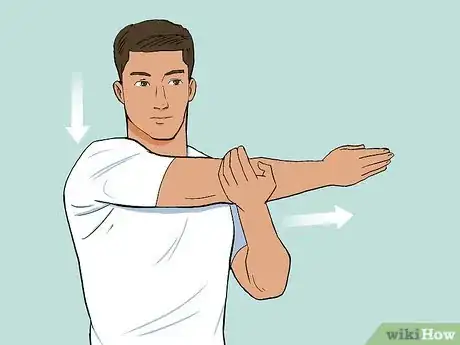

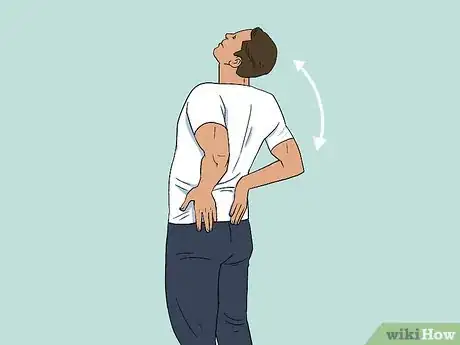
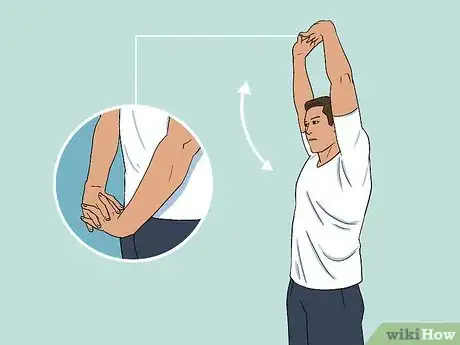
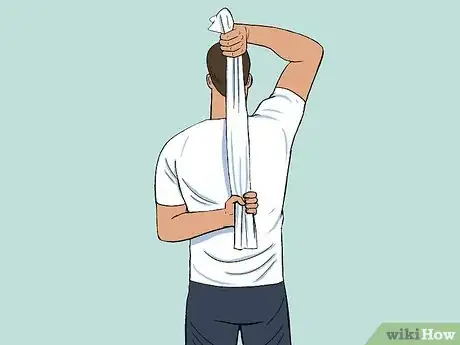
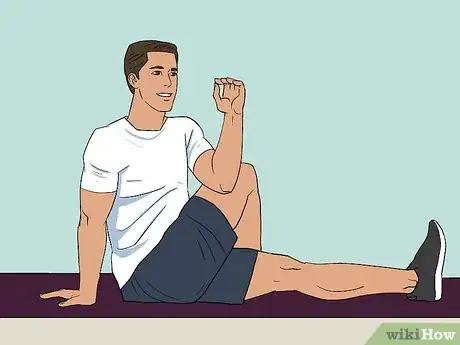

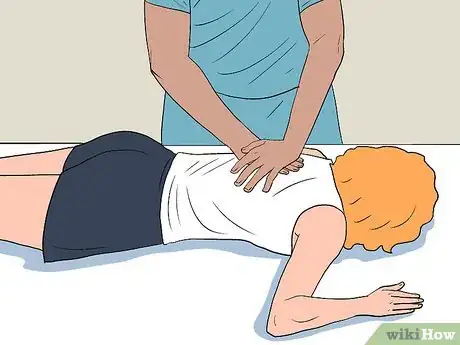
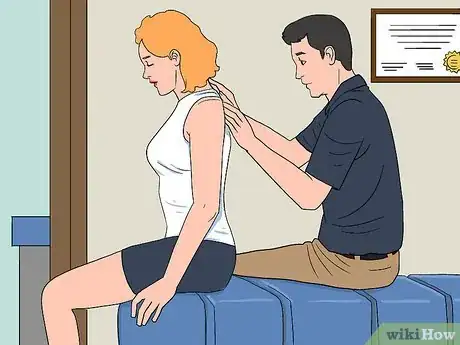
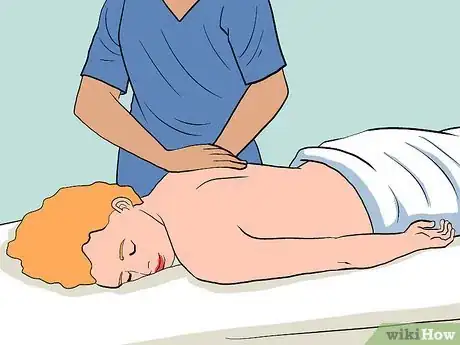
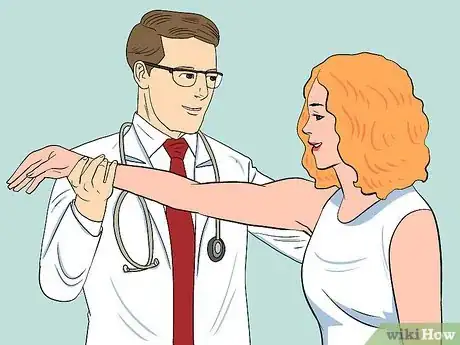
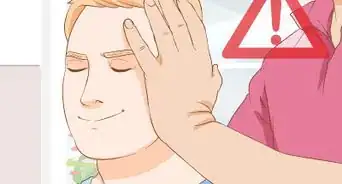
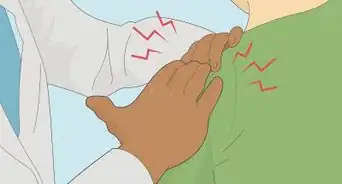
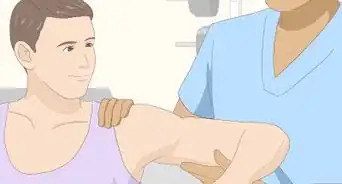

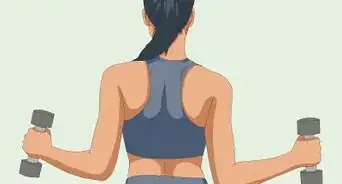
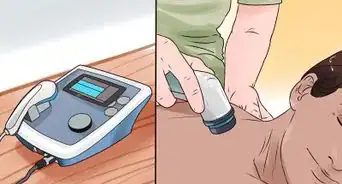

-Step-3-Version-3.webp)


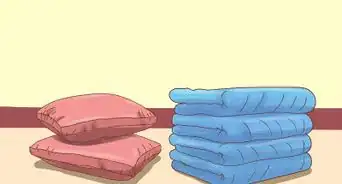
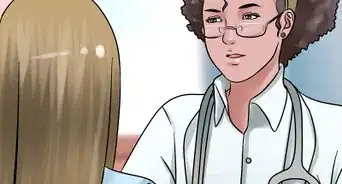
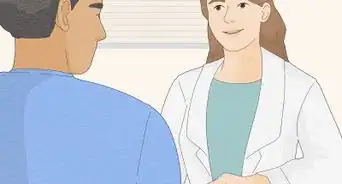
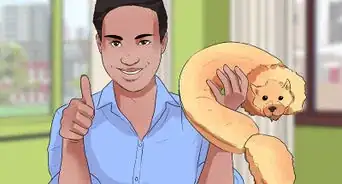







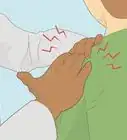
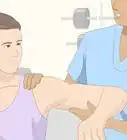
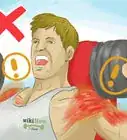



































Medical Disclaimer
The content of this article is not intended to be a substitute for professional medical advice, examination, diagnosis, or treatment. You should always contact your doctor or other qualified healthcare professional before starting, changing, or stopping any kind of health treatment.
Read More...